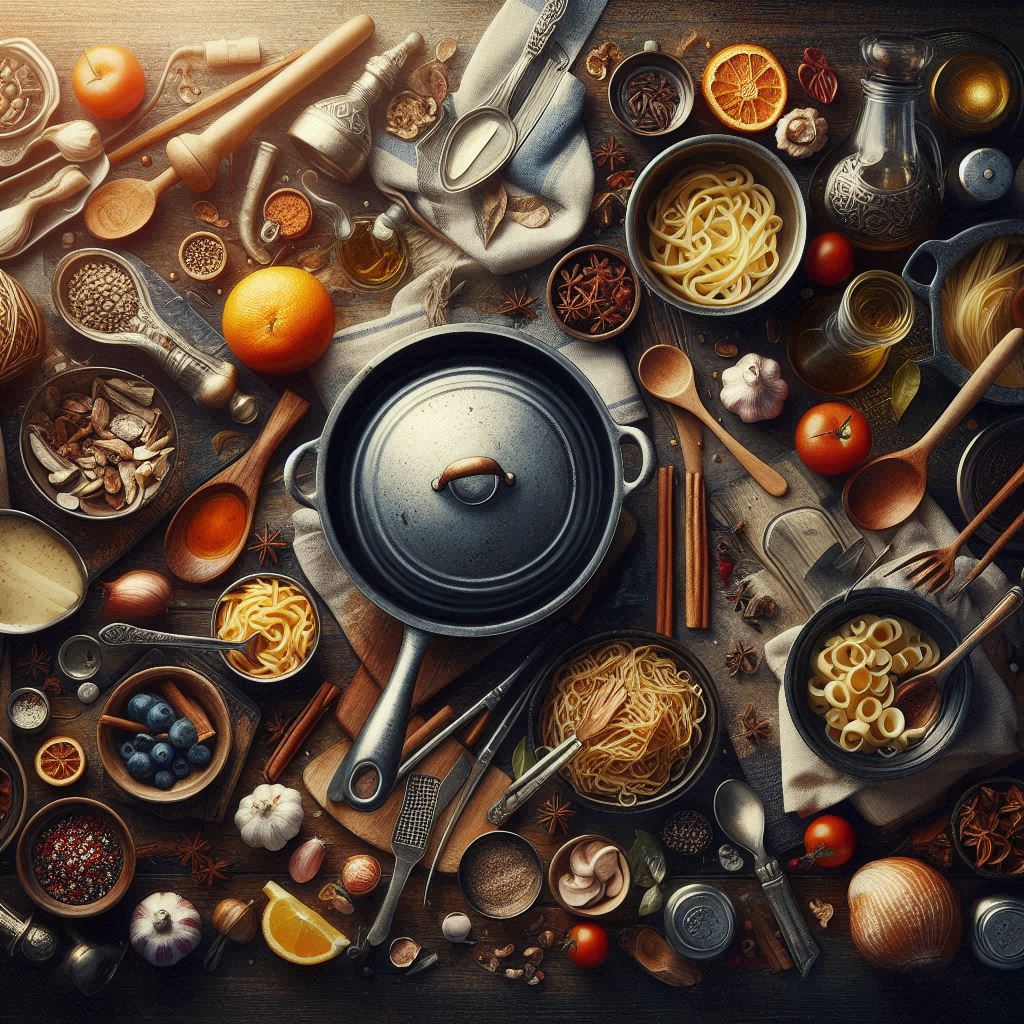
If you’re in the market for new cookware, you’ve probably come across two popular options: Calphalon nonstick pans and ceramic cookware. Both have their strengths and weaknesses, but which one is better for you depends on your cooking habits, cleaning preferences, and even your environmental values.
I’ve used both types extensively, so let’s break down the key differences to help you make the best choice for your kitchen.
Quick Comparison: Calphalon vs. Ceramic Cookware
| Feature | Calphalon (Traditional Nonstick) | Ceramic Cookware |
|---|---|---|
| Material | Hard-Anodized Aluminum or Stainless Steel | Aluminum or Stainless Steel with Ceramic Coating |
| Nonstick Coating | PTFE-Based Nonstick | Ceramic-Based Nonstick |
| Durability | Long-Lasting with Proper Care | Less Durable, Coating Wears Faster |
| Best For | Everyday Cooking, Durability | Eco-Friendly Cooking, Chemical-Free Coating |
| Oven-Safe Temperature | Up to 450°F–500°F | Typically Up to 400°F |
| Ease of Cleaning | Easy to Clean, Dishwasher-Safe (Select Lines) | Easy to Clean but Requires Gentle Handling |
| Price Range | $$ (Mid-Range) | $–$$ (Budget to Mid-Range) |
1. Key Difference: What Are They Made Of?
The biggest difference between Calphalon and ceramic cookware lies in their nonstick coatings and core materials.
Calphalon: PTFE-Based Nonstick
Calphalon’s nonstick cookware uses a PTFE-based nonstick coating (similar to Teflon) layered over hard-anodized aluminum or stainless steel. This gives the cookware a smooth, durable finish that’s great for everyday cooking.
- Hard-Anodized Aluminum: Lightweight, excellent heat distribution, and resistant to warping.
- Stainless Steel (select lines): Durable, polished exterior, great for high-heat cooking.
Ceramic Cookware: Non-Toxic and Eco-Friendly
Ceramic cookware is made by applying a silicone-based ceramic coating over aluminum or stainless steel. Unlike PTFE, ceramic coatings are marketed as chemical-free and non-toxic, making them a popular choice for people looking for eco-friendly alternatives.
- Aluminum Core: Lightweight and affordable, but may warp at high heat.
- Stainless Steel Core (premium ceramic lines): Adds durability but costs more.
Key Takeaway:
If you want longevity and durability, go with Calphalon. If you prefer chemical-free cookware for light, healthy cooking, ceramic is worth considering.
2. Nonstick Coating: Which One Lasts Longer?
Calphalon: Long-Lasting Nonstick Coating
Calphalon’s PTFE-based coating is highly durable when cared for properly. It’s smooth, slick, and designed to handle daily cooking tasks like frying eggs, sautéing veggies, and making sauces. However, it’s not scratch-proof—you’ll need to avoid metal utensils and abrasive sponges.
With good care, Calphalon’s nonstick coating can last 3–5 years or more, making it one of the longest-lasting options on the market.
- Strengths: Superior durability, better for high-heat cooking.
- Weaknesses: Not considered “natural,” and some people prefer to avoid PTFE-based coatings.
Ceramic: Good but Short-Lived
Ceramic nonstick coatings are naturally slick when new, but they degrade faster over time compared to traditional PTFE-based coatings. If you frequently cook at high heat or don’t use enough oil, the ceramic coating can lose its nonstick properties within 6 months to 2 years.
Ceramic is also more prone to scratches, so it’s critical to use silicone, wood, or plastic utensils.
- Strengths: Chemical-free, no PFAS or PFOA.
- Weaknesses: Short lifespan, not as durable as Calphalon.
Winner: Calphalon wins for durability, while ceramic is better if you prioritize eco-friendliness and non-toxicity.
3. Heat Performance: How Do They Cook?
Calphalon: Even Heating with a Professional Feel
Calphalon’s hard-anodized aluminum base provides excellent heat distribution, meaning your food cooks evenly across the pan. Its nonstick coating also performs well at medium to high heat, though it’s best to avoid extremely high temperatures (above 500°F) to preserve the coating.
For stainless steel lines, Calphalon shines at high-heat searing and browning, making it a more versatile option overall.
Ceramic: Best at Low to Medium Heat
Ceramic cookware is better suited for low to medium heat cooking. The coating can crack or degrade quickly if exposed to high heat, so it’s not ideal for tasks like searing or broiling. However, for cooking eggs, pancakes, or stir-fries at medium heat, ceramic works just fine.
Winner: If you cook a variety of dishes, Calphalon is more versatile. Ceramic is best for light cooking at moderate temperatures.
4. Durability: Which One Lasts Longer?
Calphalon: Built to Last
Calphalon cookware is known for its premium build quality. The hard-anodized aluminum base resists warping, and the nonstick coating lasts years with proper care. If durability is a priority, Calphalon outperforms ceramic by a wide margin.
Ceramic: Decent, but Wear Happens Quickly
Ceramic cookware simply isn’t as durable. The coating wears down faster, and the aluminum base is more prone to warping—especially at high heat. While ceramic pans can still last a couple of years with gentle use, they’re not a long-term investment.
Winner: Calphalon is the clear choice for long-term durability.
5. Oven-Safe Temperatures
Calphalon
Most Calphalon nonstick cookware is oven-safe up to 450°F–500°F, depending on the specific line. This makes it great for dishes that transition from stovetop to oven, like frittatas or roasted chicken.
Ceramic
Ceramic cookware is generally oven-safe up to 350°F–400°F, which limits its versatility for oven cooking. The coating may start to degrade at higher temperatures, so be cautious.
Winner: Calphalon is better for oven use, especially at higher temperatures.
6. Price: What’s the Investment?
Calphalon: Mid-Range Pricing
Calphalon is priced in the mid-range category, with individual nonstick pans starting at around $40–$50 and full sets costing $200–$400. While it’s more expensive than ceramic, the durability and performance make it a solid long-term investment.
Ceramic: Budget-Friendly
Ceramic cookware is more affordable, with individual pans starting at $20–$30 and full sets typically ranging from $100–$200. If you’re on a tight budget, ceramic cookware is a great way to get a nonstick experience without spending too much.
Winner: Ceramic wins for affordability, but Calphalon offers better value for long-term use.
7. Ease of Cleaning
Calphalon: Easy to Clean
Calphalon nonstick pans are effortless to clean. Food slides right off the surface with minimal effort, and some lines are even dishwasher-safe. Handwashing is still recommended to prolong the coating’s life.
Ceramic: Easy but Fragile
Ceramic pans are also easy to clean—at least when they’re new. Over time, as the coating degrades, you might notice food sticking more. Ceramic pans are typically not dishwasher-safe, as harsh detergents can damage the coating.
Winner: Both are easy to clean initially, but Calphalon’s durability makes it easier to maintain in the long run.
Which Should You Choose?
Here’s a quick guide to help you decide:
| Choose Calphalon If… | Choose Ceramic If… |
|---|---|
| You want durable cookware that lasts years | You want a nonstick option that’s free of chemicals |
| You cook a wide range of dishes, including at high heat | You prioritize eco-friendly cookware for light cooking |
| You want versatility, including oven-safe options | You’re on a budget but still want a functional pan |
| You prefer long-term value over short-term affordability | You’re okay with replacing pans every 1–2 years |
FAQs About Calphalon and Ceramic Cookware
1. Is ceramic cookware safer than Calphalon?
Ceramic cookware is marketed as a safer, chemical-free option because it doesn’t contain PTFE or PFOA. However, Calphalon is also PFOA-free and safe when used as directed. Both are safe, but ceramic appeals more to those seeking eco-friendly options.
2. Can Calphalon and ceramic pans go in the dishwasher?
Some Calphalon lines are dishwasher-safe, but handwashing is recommended. Most ceramic cookware is not dishwasher-safe, as detergents can damage the coating.
3. How long does ceramic cookware last compared to Calphalon?
Ceramic cookware typically lasts 1–2 years, while Calphalon nonstick pans can last 3–5 years or longer with proper care.
Final Verdict: My Personal Take
If you’re someone who cooks a variety of meals and values durability, Calphalon is hands down the better choice. It’s more versatile, lasts longer, and performs well at higher temperatures. Yes, it’s pricier, but the investment pays off in the long run.
On the other hand, if you’re looking for an eco-friendly, chemical-free option and you don’t mind replacing your cookware more often, ceramic cookware is a good choice—especially if you’re on a tight budget or prefer lighter cooking.
For me? I use Calphalon for everyday cooking, but I keep a ceramic pan around for when I want a quick, low-heat option for eggs or delicate meals. Both have their place in the kitchen—it’s just about figuring out what works best for you.

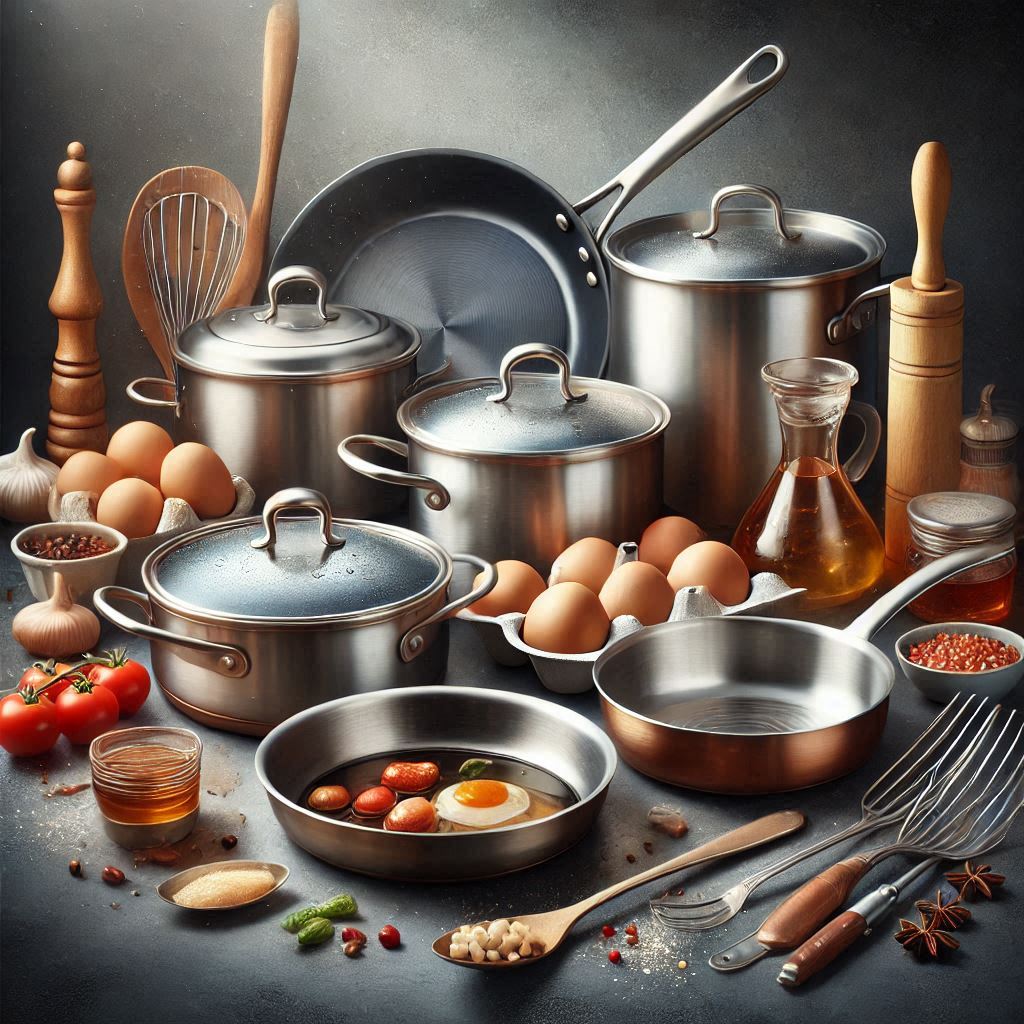
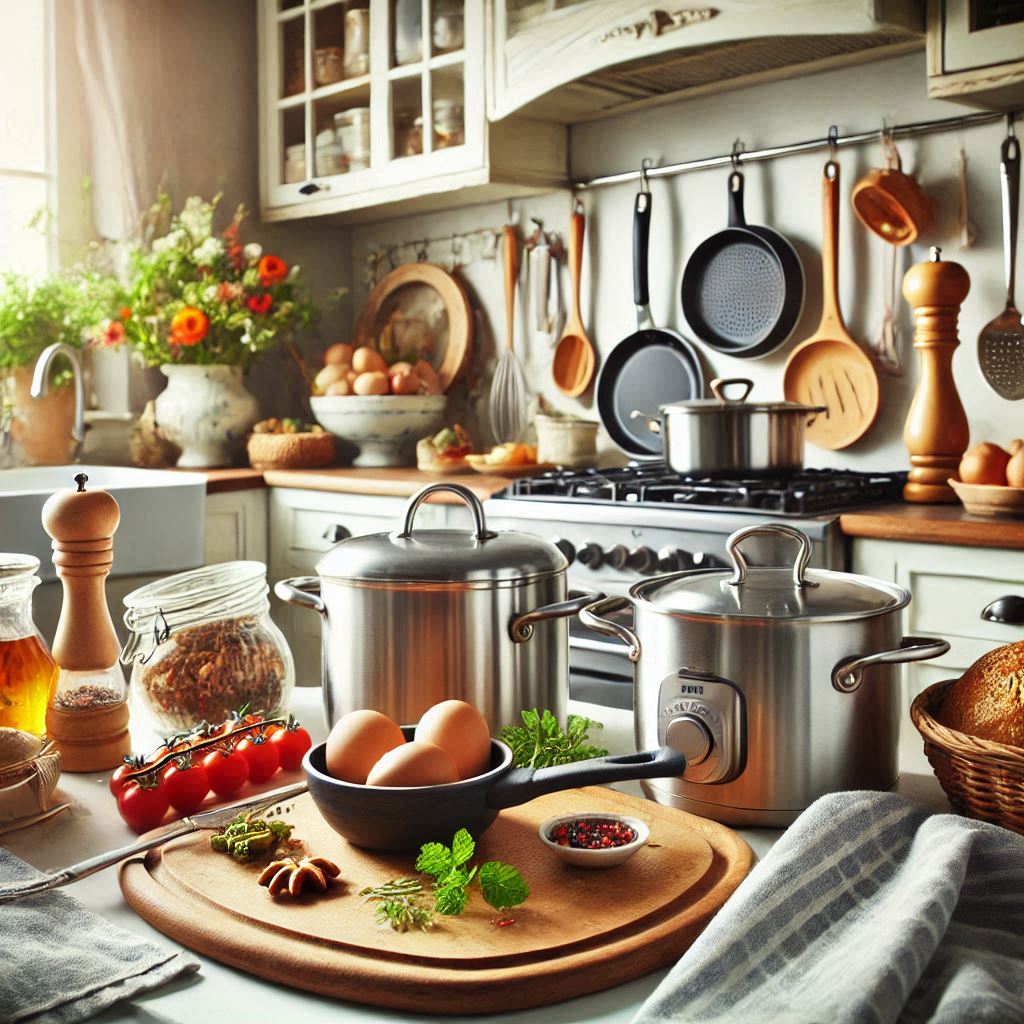
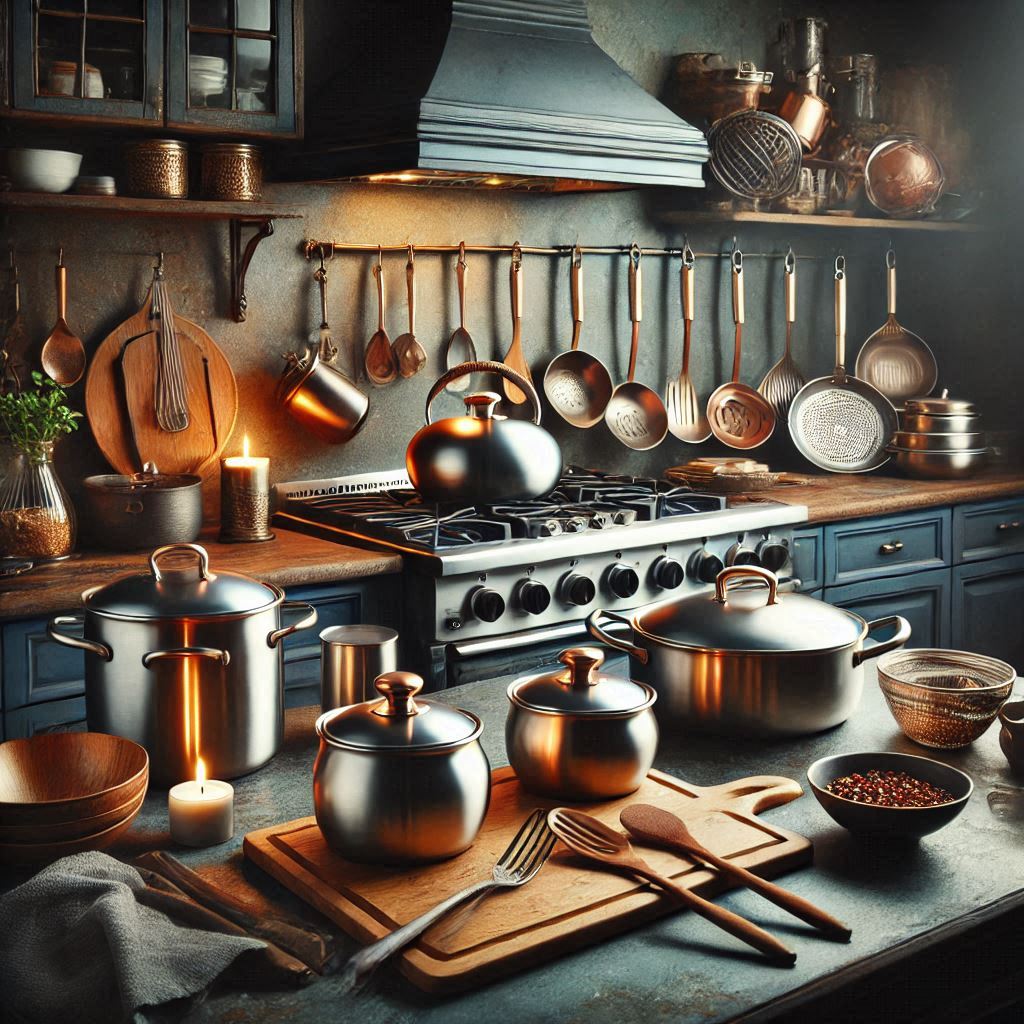
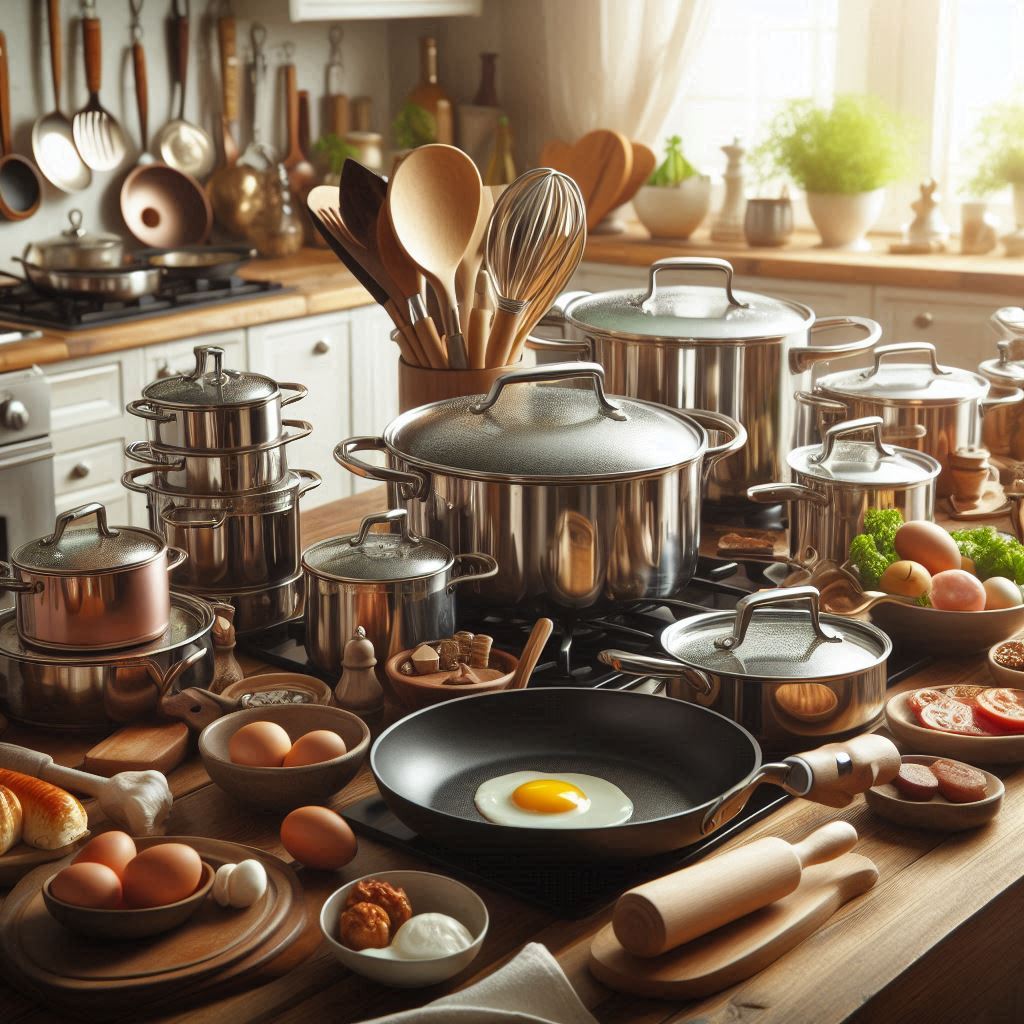

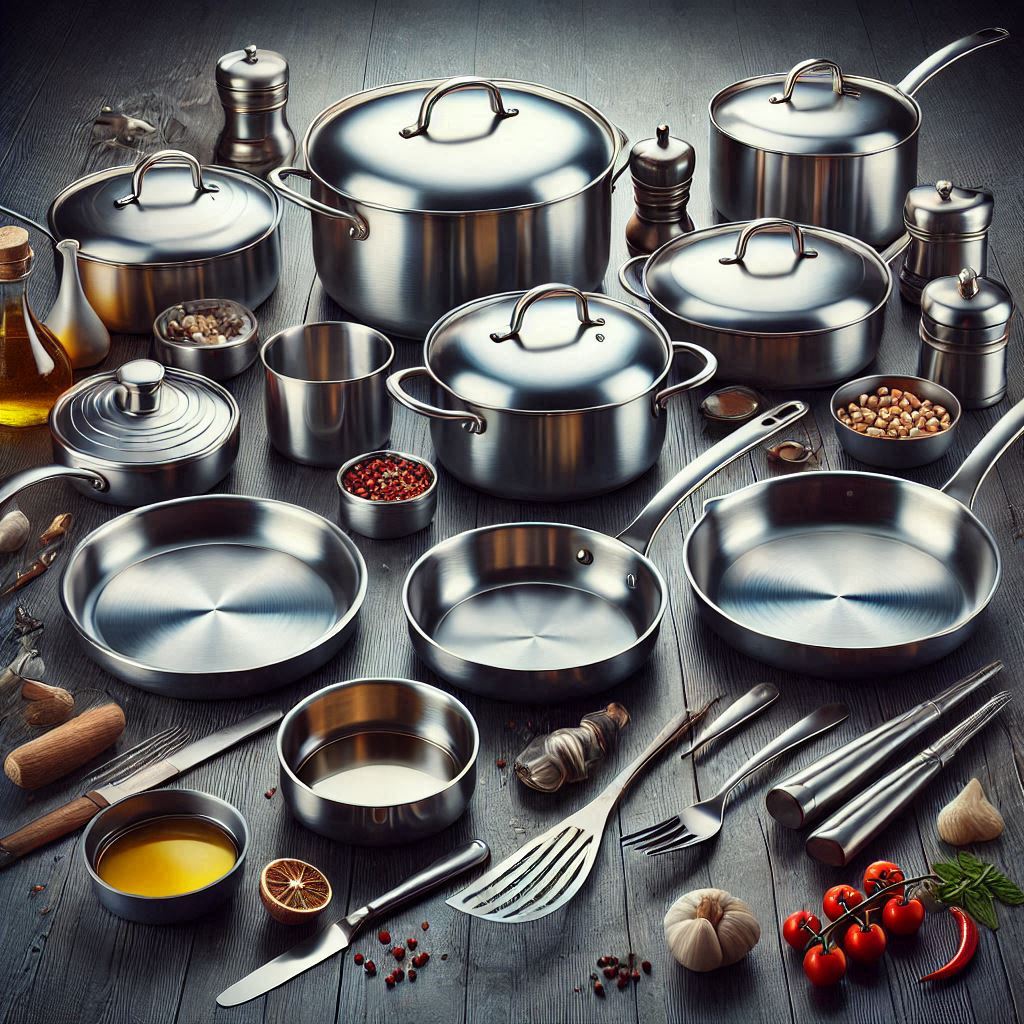
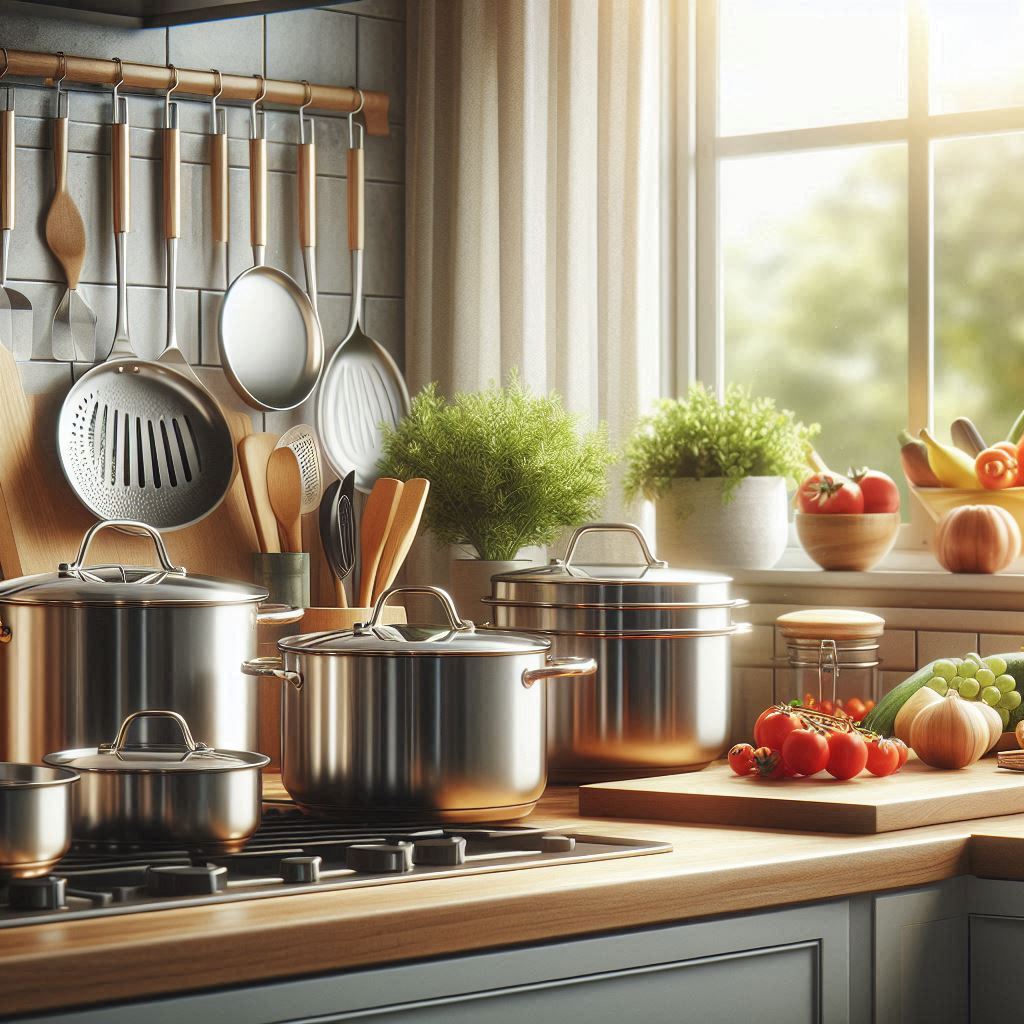
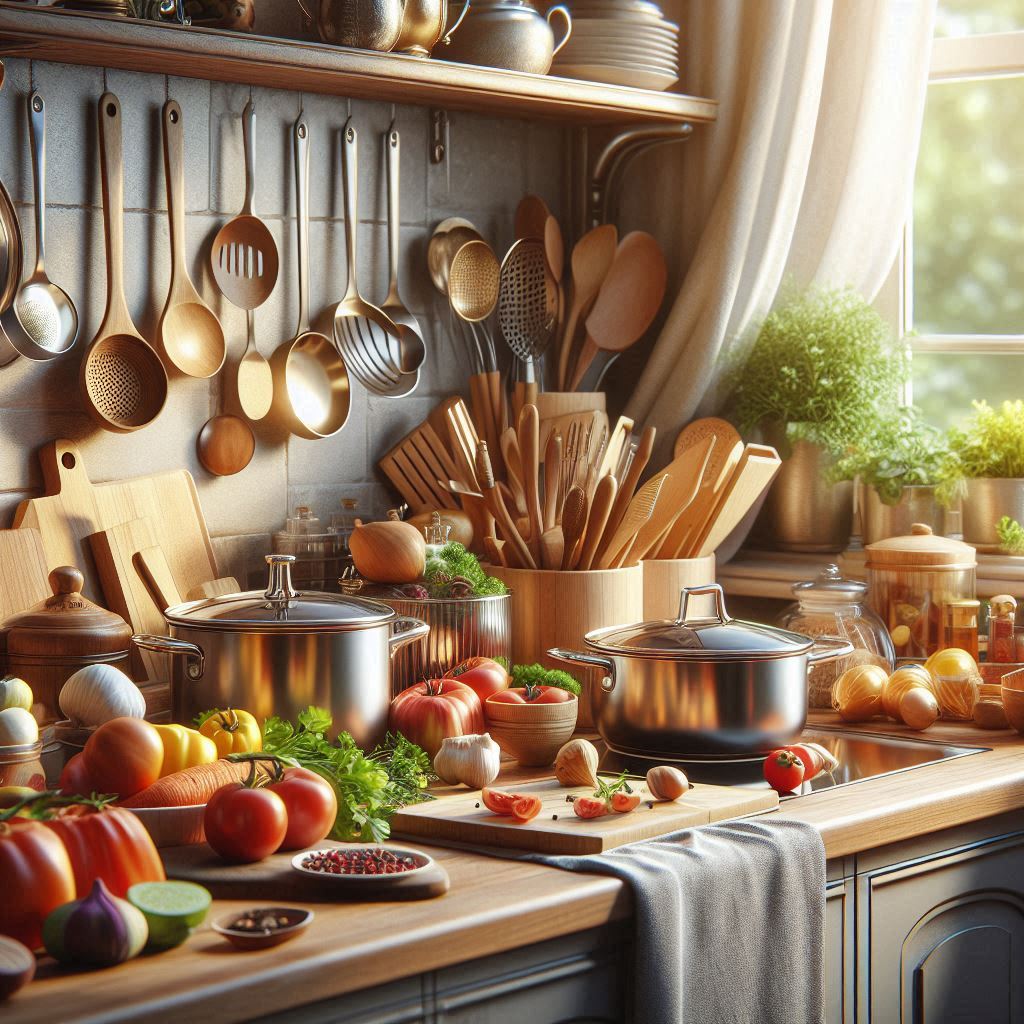
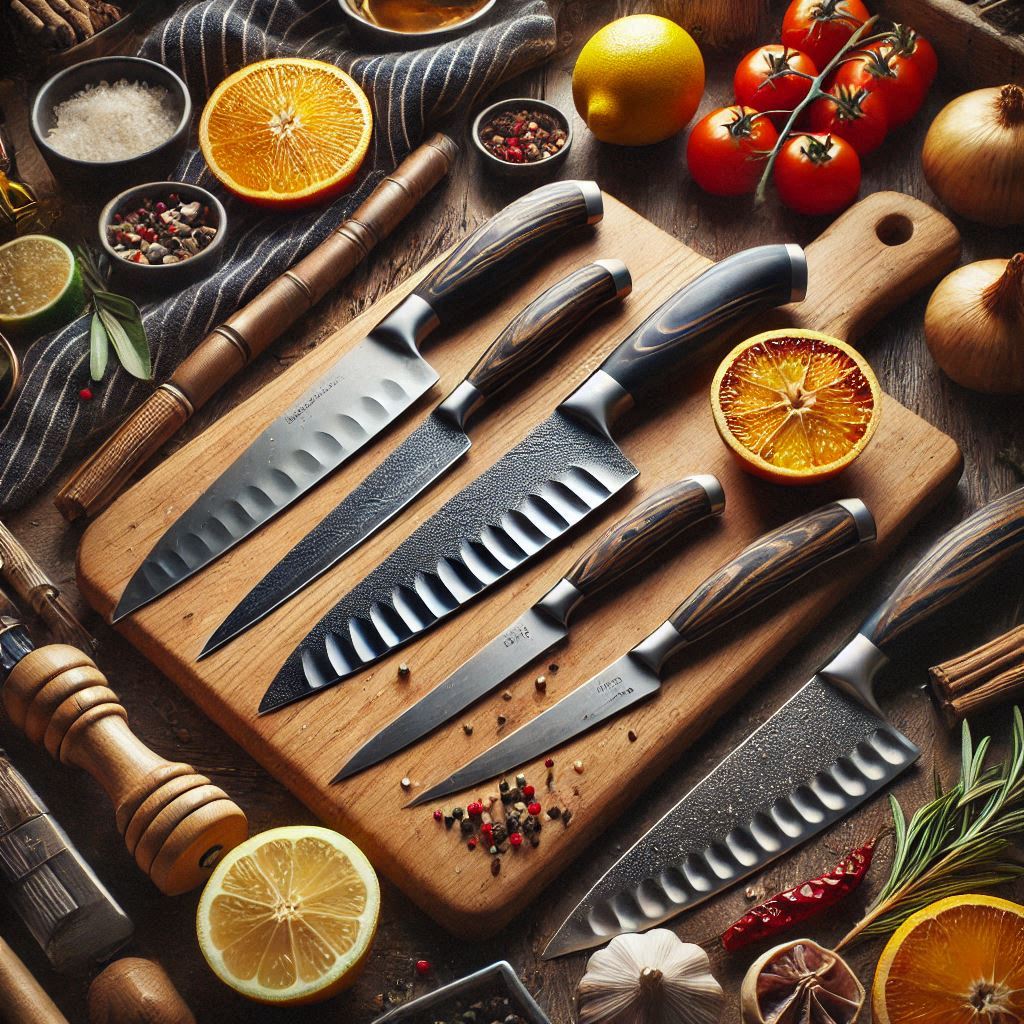
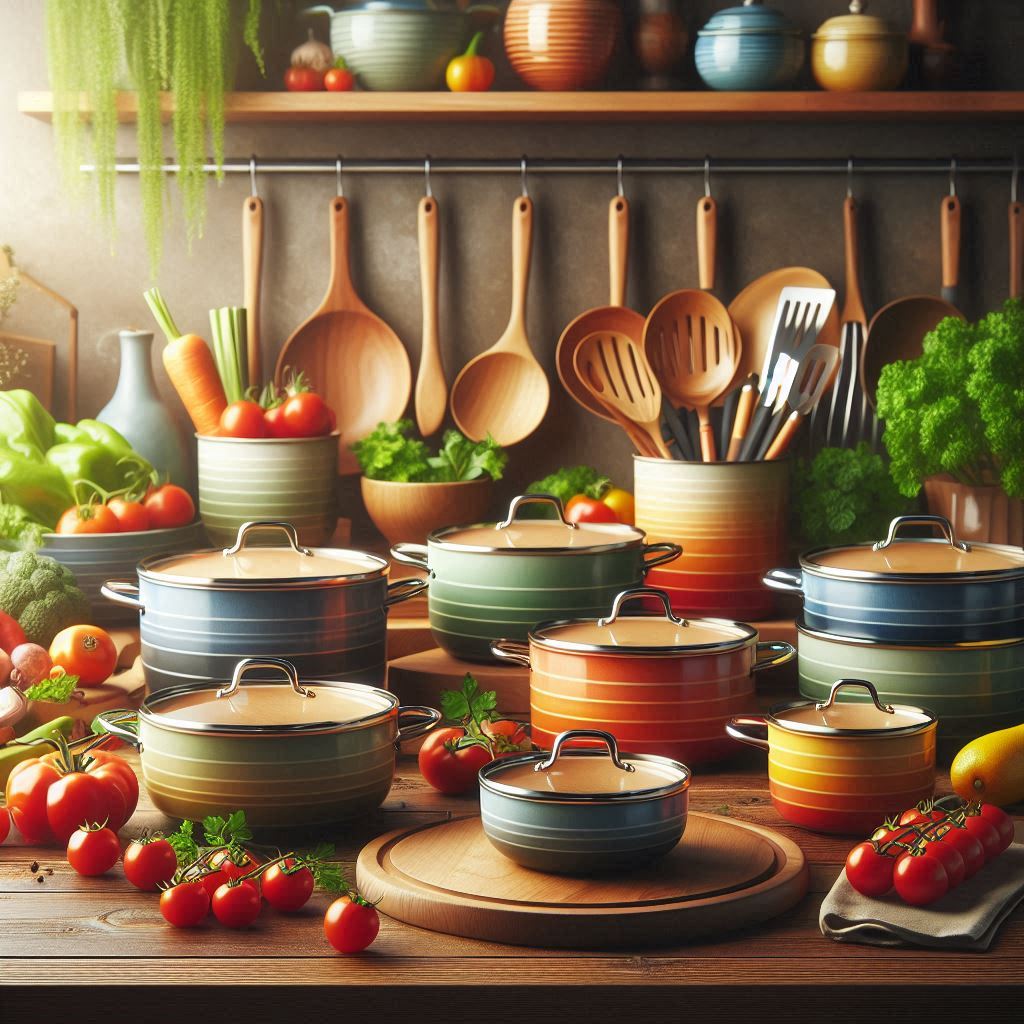
Leave a Reply